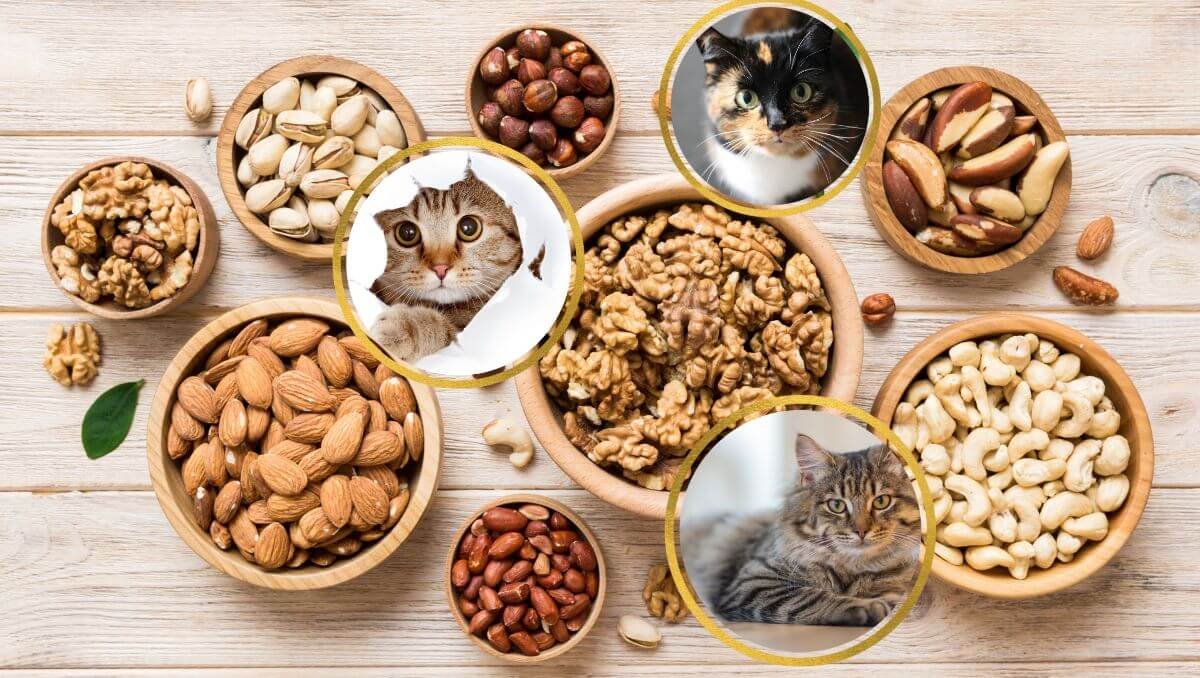Your curious feline companion fixes you with pleading eyes as you crack open a walnut. Is their gaze filled with innocent admiration, or are they yearning for a taste of that crunchy treat? While their desire may seem harmless, the truth is, nuts could spell trouble for your furry friend.
The age-old question, “Can cats eat nuts?” sparks debate among cat owners and online communities. But amidst the myths and misinformation, it’s crucial to understand the potential dangers and responsible practices surrounding nuts and feline health.
In this comprehensive guide, we’ll navigate the complex world of nuts and their impact on cats. We’ll delve into the risks associated with nut consumption, explore safe and delicious alternatives, and empower you to make informed choices for your cat’s well-being.
Can Cats Eats Nuts?
Your curious kitty might eye your walnut snack with longing, but hold on! While the internet might offer conflicting information, the truth is clear: nuts are a no-go for cats. Despite their seemingly harmless appearance, these crunchy treats can unleash a world of trouble for your feline friend.
Unlike humans, their digestive systems lack the enzymes needed to handle the high fat and complex proteins in nuts. This can lead to a domino effect of unpleasant consequences, from rumbling tummies and messy accidents to even pancreatitis, a serious inflammation of the pancreas. Not exactly a purr-fect scenario for your furry pal!
But fear not, responsible cat parents! Before you resign your kitty to a life devoid of crunchy delights, buckle up for the next section. In the next section, we’ll crack open the mystery of why different nuts pose various risks, ensuring you have all the knowledge to keep your furry friend safe and healthy.
Decoding the Nutty Risks: Why Nuts are a No-No for Cats
We’ve established that sharing your walnut snack isn’t the best idea for your curious kitty. But why exactly are nuts a no-no for their delicate digestive systems? Buckle up, cat parents, because we’re about to unpack the science behind the dangers and empower you to keep your furry friend safe.
Let’s crack open the shell of this mystery and explore the various risks lurking within:
Fat Factor Fallout
Imagine your cat’s digestive system as a finely tuned engine. Now, imagine pouring thick oil into that engine instead of its usual fuel. That’s exactly what happens when they ingest the high fat content in nuts. This can lead to weight gain, a nasty condition called pancreatitis, and other health issues – definitely not something we want for our purring pals!
Digestive Dilemmas
Nuts are packed with complex proteins and fats that are like foreign languages to your cat’s digestive system. Their tiny enzymes struggle to translate and break down these components, leading to a potential symphony of tummy troubles like vomiting, diarrhea, and abdominal pain. Not exactly a meow-gical experience!
Choking Concerns
Remember those playful kitties and their irresistible urge to explore everything with their mouths? This, combined with the small size of nuts, creates a real choking hazard. Even if swallowed, the risk of obstruction remains. It’s simply not worth the worry, especially for mischievous kittens who might mistake a nut for a tempting new toy.
Allergic Reactions
While less common, allergic reactions to nuts can occur in cats, manifesting as skin irritation, vomiting, or even respiratory problems. So, even if your curious feline expresses interest in your snack, introducing new foods always carries a potential risk.
Forbidden Fruit: A List of No-No Nuts for Your Feline Friend
Now that we’ve demystified the dangers of nuts for cats, let’s dive into the specific culprits to avoid. Remember, this list is not exhaustive, and always consult your veterinarian if you have any concerns.
Here’s a list of popular nuts that belong firmly on the “do not share” list for your feline companion:
Almonds
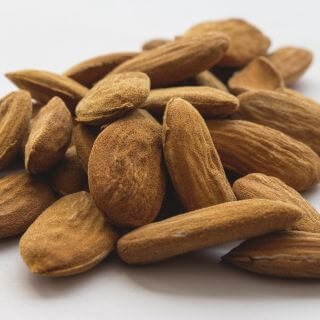
These seemingly harmless nuts contain trace amounts of amygdalin, a compound that converts to cyanide in the body, making them highly toxic to cats.
Macadamia Nuts

These are notorious for causing feline toxicity, leading to muscle tremors, vomiting, and weakness even in small quantities.
Walnuts
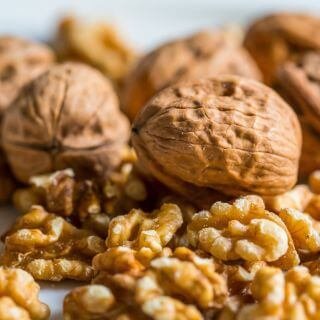
High in fat and juglone, a toxin that can irritate your cat’s digestive system, walnuts are best left out of reach.
Pecans

Similar to walnuts, pecans contain high levels of fat and potentially harmful juglone, making them a no-go for your furry friend.
Pistachios

Often salted or flavored, these can cause digestive upset and even pancreatitis in cats. Stick to the natural, unsalted variety if offered by a veterinarian.
Hazelnuts
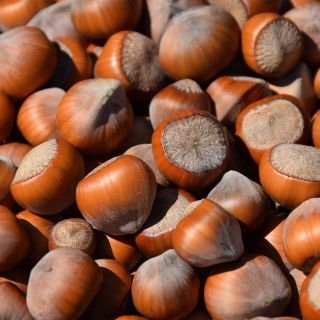
While not as toxic as some others, hazelnuts are still high in fat and can cause digestive issues.
Brazil Nuts
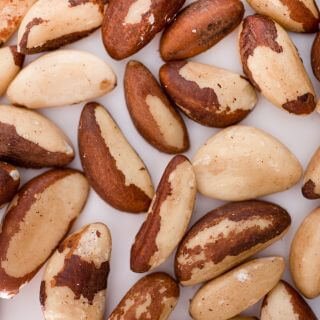
Packed with selenium, these nuts can be toxic to cats even in low doses, leading to lethargy, vomiting, and other unpleasant symptoms.
Cashews
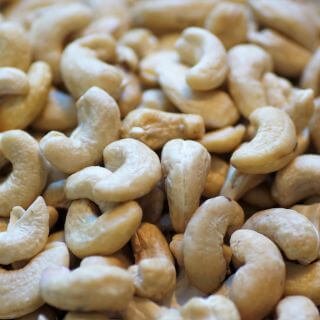
While raw cashews contain a toxin that’s destroyed by roasting, even roasted cashews are high in fat and can cause digestive upset or pancreatitis in cats.
Peanuts
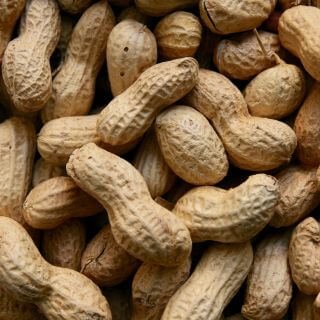
Technically legumes, peanuts are still high in fat and can cause similar digestive issues as other nuts in cats. Additionally, some cats may be allergic to peanuts.
Pine Nuts
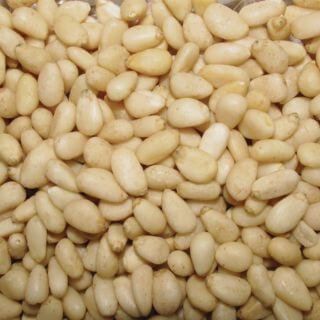
While not as potent as macadamia nuts, pine nuts can still cause digestive upset and even pancreatitis in cats due to their high fat content.
Chestnuts
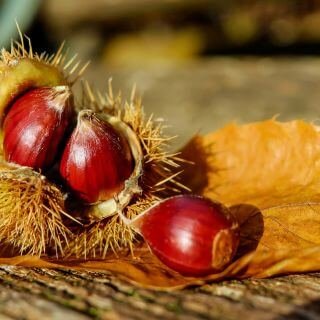
Both American and horse chestnuts can be harmful to cats. American chestnuts contain tannic acid which can cause vomiting and diarrhea, while horse chestnuts contain a toxin that can be even more severe, leading to kidney failure and other serious complications.
Remember: Even nuts not explicitly listed here can pose risks depending on the type and amount consumed. Always err on the side of caution and consult your veterinarian for personalized advice.
By keeping these no-go nuts out of reach and opting for safe alternatives, you can ensure your furry friend enjoys a happy and healthy life free from nutty mishaps. However, accidents can happen. What happens if your cat sneaks a forbidden nut? Don’t panic! The next section will guide you through what to do and provide important information to ensure your feline friend receives the care they need.
What Happens if My Cat Eats a Nut? A Guide for Quick Action and Peace of Mind
Accidents happen, and even the most vigilant cat parent might find themselves facing the scenario of their feline friend ingesting a forbidden nut. While it’s natural to panic, it’s important to stay calm and take the right steps to ensure your cat’s well-being. Here’s what you need to know:
Recognizing the Signs
The first step is to be aware of the potential symptoms your cat might exhibit if they’ve eaten a nut. These can vary depending on the type of nut and the amount ingested, but some common signs include:
- Digestive upset: Vomiting, diarrhea, abdominal pain, loss of appetite.
- Lethargy: Unusual tiredness or lack of energy.
- Seizures or tremors: More common with certain nuts like macadamia nuts.
- Difficulty breathing: Especially if there’s a choking hazard involved.
Immediate Action
If you suspect your cat has eaten a nut, do not induce vomiting at home. This can worsen the situation by causing further irritation or aspiration. Instead, contact your veterinarian immediately. Explain the situation clearly, including the type of nut (if known), the estimated amount ingested, and any symptoms your cat is displaying.
Seeking Veterinary Care
Your veterinarian will assess your cat’s condition and determine the best course of action. This might involve inducing vomiting in a controlled setting, administering medication, providing fluids, or monitoring your cat for potential complications. Early intervention is crucial, so don’t hesitate to seek professional help.
Reassurance and Recovery
While waiting for your vet appointment, keep your cat calm and comfortable. Offer them access to water but avoid food until instructed by your veterinarian. Remember, most cats who ingest small amounts of non-toxic nuts recover fully with prompt treatment.
Prevention is Key
The best way to avoid this situation altogether is to keep nuts out of your cat’s reach. Store them in sealed containers in cabinets or on high shelves. Educate family members and guests about the dangers of sharing their snacks with your cat.
By understanding the risks, recognizing the signs, and taking quick action, you can ensure your feline friend enjoys a nut-free and healthy life. Remember, your veterinarian is your best resource for information and guidance, so don’t hesitate to reach out whenever needed.
While accidents happen, knowledge is power. In the next section, we’ll explore a delightful world of safe and delicious treats to satisfy your feline friend’s cravings without ever risking their health.
Beyond the Nutty Path: Delicious Alternatives for Happy Cats
Remember, while your curious kitty might eye your walnut snack with longing, their digestive system isn’t equipped for such adventures. Thankfully, the path to culinary happiness for your cat doesn’t end there! Buckle up, cat parents, as we unleash a treasure trove of alternatives:
Nature’s Bounty: Explore the Feline Foodie Paradise
- Tuna Time: Flaked tuna packed in water (not brine!) is a classic cat favorite. Just be mindful of mercury levels and opt for small portions.
- Chicken Cravings: Cooked, shredded chicken is another purr-fectly healthy treat. Avoid seasonings and processed options.
- Salmon Surprise: This omega-3 rich fish offers deliciousness and health benefits. Again, stick to cooked and unseasoned options.
- Shrimp Scampi (Cat Version): Boiled or steamed shrimp (without shells or tails) can be a delightful occasional treat.
- Grass is Greener: Cat grass or wheatgrass grown specifically for felines can satisfy their urge to graze and aid digestion.
Fruity Fun
- Berry Bonanza: Blueberries, raspberries, and strawberries can be offered in small quantities as a sweet treat. Avoid grapes, raisins, and other fruits toxic to cats.
- Melon Mania: Cantaloupe, watermelon, and honeydew (seeds and rind removed) offer hydration and a refreshing snack.
- Banana Bliss: Small pieces of ripe banana can be a delightful occasional treat.
Vegetable Delights
- Cucumber Coolness: Sliced cucumber can be a refreshing and hydrating snack.
- Green Bean Goodness: Steamed or boiled green beans are a low-calorie, fiber-rich treat.
- Carrots for Crunching: Grated or cooked carrots offer vitamins and a satisfying crunch.
- Bell Pepper Blitz: Small pieces of red or yellow bell pepper offer a juicy and vitamin-packed snack. Remove the seeds and stem first, and keep portions small as they can be slightly diuretic.
Grain Games
- Cooked Rice Surprise: Plain, cooked rice can be a good source of fiber. Avoid seasoned or fried rice.
- Oatmeal Oasis: Cooked oatmeal, plain and unsweetened, can be a soothing treat for some cats.
Commercial Delights
- Look for “Cat-Approved” Labels: Opt for treats specifically formulated for feline needs and free from harmful ingredients.
- Read the Label Carefully: Avoid treats with high fat content, artificial flavors, or preservatives.
- Portion Control is King: Remember, even healthy treats should be given in moderation to avoid weight gain.
Remember: This is just a starting point! With a little research and exploration, you can discover a world of safe and delicious options to keep your feline friend happy and healthy. Always consult your veterinarian if you have any questions about specific foods or treats.
Additionally there are other fruits, vegetables and other foods that can be safely given to cats.
Conclusion
So, there you have it, cat parents! The path to culinary happiness for your feline friend doesn’t have to involve forbidden fruits of the nutty variety. By exploring the delectable options outlined above, you can unlock a world of safe, satisfying, and enriching snacking experiences for your furry companion.
Remember, choosing cat-approved alternatives is not just about avoiding danger; it’s about celebrating the unique dietary needs and preferences of your feline friend. From the refreshing sweetness of fruits to the protein-packed delights of cooked chicken, each treat becomes a small act of love and understanding.
So, go forth, armed with knowledge and delicious possibilities! Observe your cat’s individual likes and dislikes, experiment responsibly, and witness the joy that unfolds with each purr-fectly chosen bite. After all, a happy cat is a healthy cat, and a healthy cat is a cat ready to share countless moments of love and laughter with their forever human.
Frequently Asked Questions
Can Cats Eat Nuts and Seeds?
No, it’s best to avoid giving cats any type of nuts or seeds. Their digestive systems aren’t equipped to handle these foods, and they can cause serious problems like choking, digestive upset, pancreatitis, and even death.
Can Cats Eat Nuts and Raisins?
Neither nuts nor raisins are safe for cats. Raisins, along with grapes, are toxic to cats and can cause kidney failure. As for nuts, they pose the same risks as mentioned earlier.
Can Cats Eat Nuts Safely?
Unfortunately, there’s no safe way for cats to consume nuts. Even small amounts can be harmful, regardless of the type of nut. Opt for cat-approved treats and snacks to keep your feline friend happy and healthy.
